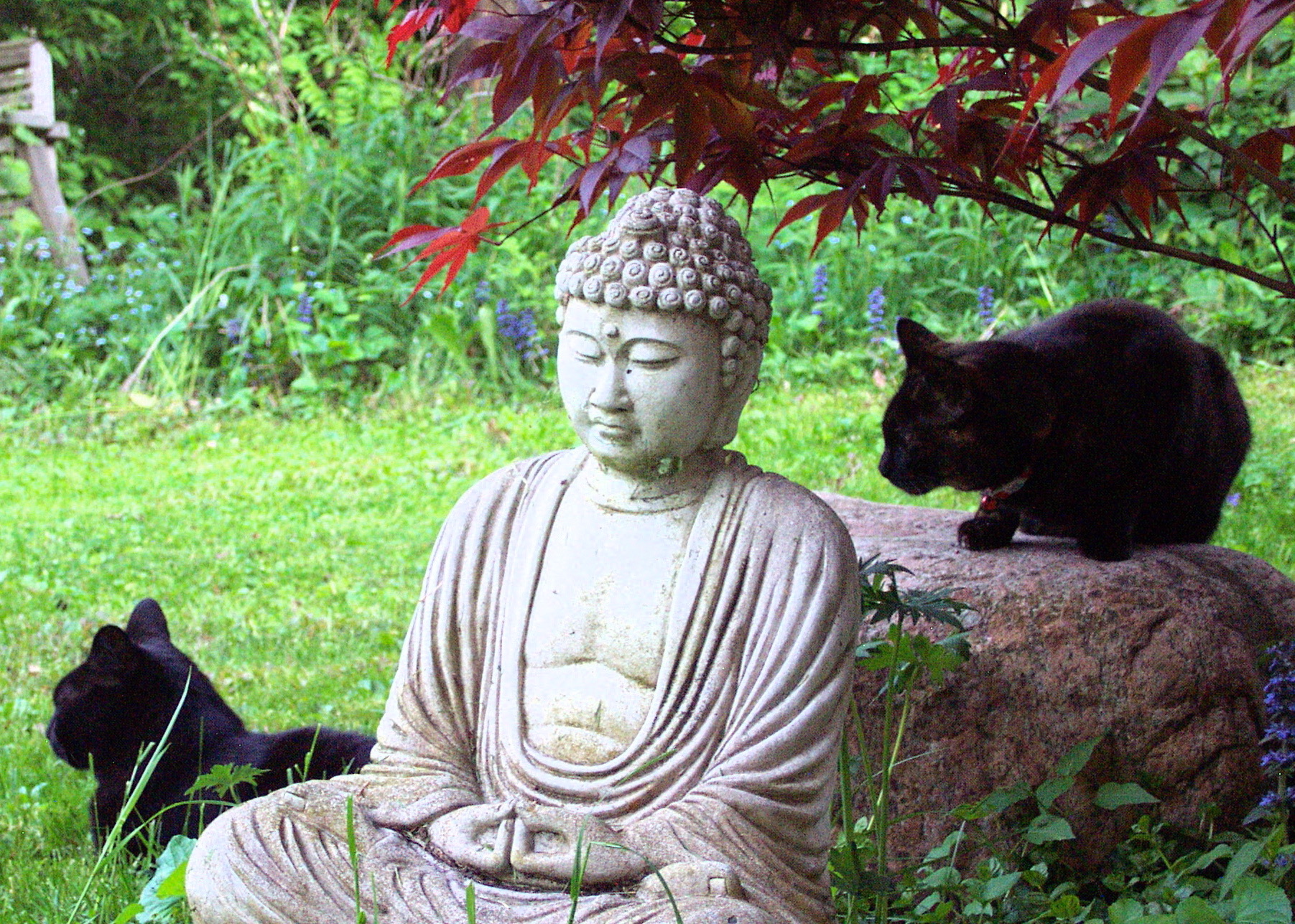Dreams have fascinated, confused, scared and inspired people probably ever since there were people on this earth. How can we not wonder about the often bizarre images and stories that fill our nights and sometimes wander into our days? The Epic of Gilgamesh, the tales of the Mesopotamian hero-king and possibly one of the first stories ever written, cites dream narratives. The Greeks had dream temples to help cure people of their ills. The German chemist, Friedrich Kekule claimed his discovery of the molecular structure of benzene came to him in a dream. Artists and scientists throughout history have spoken of the role of dreams in their work. The famed psychologist and theorist, Carl Jung, amongst many others, have explored and written about the role dreaming plays in the psyche.
When I was teaching, I noticed my students shared this fascination. Every time the subject of dreaming came up in a class, students became excited and engaged. Many students expressed their wonder about the cause or source of their dream images. Dreams can wake us up to realize there is more to reality, more to our own minds than we thought. Or as Hamlet put it: “There are more things in heaven and earth, Horatio, than are dreamt of in your philosophy.”
We dream every night, even if we’re unaware of it. Although neuroscientists still haven’t come to understand the full role of dreaming in human consciousness, many speak of the role it might play in integrating material from our lives and forming coherent memories. For example, how often have you gone to sleep with a question and woken up with an answer, or at least a clearer understanding of the question? We might think of dreaming as a phenomenon distinct and separate from other aspects of mind, but it is one part of the process we use to think about our lives and construct a viewpoint of the world.
In some of my high school psychology classes we left time to share dreams. I encourage other teachers to do the same—if students are interested. Or if you’re not a teacher, to do this with interested friends, or maybe parents when children wonder about a dream. Teachers should only do it if they take time to study methods of group dream work as well as study their own dreams. I don’t ask students to do what I won’t do.
For the last few days, instead of my dreams disappearing as soon as I woke up, like they usually do, some stayed with me. One question is why that is. Another is what the dreams are saying, if anything.
In one recent dream, I was standing by a bridge I drove over to get to the school where I used to teach and noticed a break in the metal under-structure. The exact problem changed as I explained it to people in the dream. The season changed too, as did the location of the bridge. In some renditions of the dream bridge, it was located in Queens, NYC, where I grew up. In that image, it was winter and there was snow on the ground. In others, it was in Ithaca, where I now live, and the season was a cool late summer.
As I tried to tell the dream people about the break in the bridge, there was a definite awareness in my mind of how others might take what I said. It was a little bit of lucid dreaming, or of conscious awareness while dreaming, and the present and past could change in one stroke.
In another dream, my wife and I moved our possessions into an apartment rented in some city that was new to us. When I went out to complete errands, I couldn’t get back to the apartment. I worried about my wife. Worried about what would happen to what I had left behind. And there were other dreams like this one. In one, I was back in college, trying to get to a morning class, but no matter what I did, I couldn’t get to the class. Things kept getting in the way.
So, what in my life is getting in my way? What new activity do I want to start that I can’t manage to do? And what is the bridge to doing it—and what is the possible “break” (or “brake”) in the bridge to my future?
Dreams can mean so many different things. One approach I like is to think of them as stories built from residues of my day floating in my unconscious, as partly completed expressions of who I was in a particular moment, a partly realized idea, or partly recognized emotion. And I carry them in my mind and body until somehow, in the dreaming world or in waking life, I recognize or complete them.
So, to complete the idea or emotion, I try to let them speak through me and listen openly, without reacting judgmentally. They might complete themselves when openly witnessed and then no longer demand I rent then mind space. When I hide them away, the energy of hiding animates them. The energy of the suppressed joins with the energy of suppressing and thus lives in me in a distorted way. But when I step back as an audience and let them act on the stage of my mind, I know what’s there. I listen for and learn from myself. Instead of living the act of suppressing, I live the energy of open listening.
When you have trouble understanding what’s true, or can’t solve a problem, or can’t understand someone’s motivation—step back, take a walk in the woods, meditate— or dream on it. When you first get up in the morning and your mind hasn’t filled with thoughts of all you have to do for the day, this is the time to create a theatre of mind, or a listening space for dreams or the unconscious to speak to the daytime mind. This is the space for what was unheard in ourselves to be heard and embraced, and let go.
You could write down whatever you remember of a dream. Even if you remember very little at first, the act of honoring by recording might allow more to be remembered. And after you write something down, look at the words from different angles, or as puns. What you mindfully listen to, you hear. What you hide away continues on as a mystery you never solve.
Although sometimes a dream has a message, other times the purpose of dreams is simply to be dreamed and experienced. And most dreams are not to be taken literally. As Carl Jung and others have pointed out, dreams speak in their own language, a language more symbolic than literal. And like other symbols, there is more than one way to understand their meaning.
All humans dream. Every time you do it, just like every time you open your eyes and breathe, you share an experience with countless others. You share an experience humans have had for thousands of years. The bridge you cross over, as well as your destination, is this very moment, both uniquely your own and shared with billions of others. Being aware of your dreams can help you be mindfully aware in your waking life (and when mindful in your waking life, it can help you be aware in your dreaming). It can wake you up to your shared humanity, if you’d let it.
** If you’re a teacher and want to discuss dreams with students, I suggest you first establish an agreed upon process. One book to help think about a process is Jeremy Taylor’s Dream Work: Techniques for Discovering the Creative Powers in Dreams. However, Taylor’s techniques need to be adapted to the classroom. I would not share more than one or two dreams a day. I wouldn’t ask even for whole dreams. The purpose of dream discussion in a class is, of course, more modest than in a dream group led by a professional. It is to help students learn from peers about dreaming and to be better able to hear what their own mind and body is telling them. Maybe they might also learn more about the power of metaphor.
Students should agree to confidentiality and not sharing the dreamer’s identity out of class. Talk with students about not interrupting the person who is sharing. Only the dreamer can know what a dream means, so take the shared dream as one’s own. Instead of students interpreting each other’s dreams, ask them to notice their own responses, feelings and thoughts. They can say, after hearing another dreamer speak, ”I felt this when you said that.” Adopt an attitude of curiosity toward the dream. In dreams when you’re pursued and run away, the pursuer grows in size. When you turn toward the pursuer and study him or her, she gets smaller in size.
**Another resource is an insightful, recently published blog by Elaine Mansfield called “9 Ways to Unpack a Powerful Dream.”
***And remember to vote this Tuesday, 11/7. In New York, I urge you to vote against the Constitutional Convention, and vote everywhere for local candidates who will protect the environment, health care, public education, voting rights, etc. and oppose Mr. T. Exercise what power you have or you, we might lose it.
****The photo is from a bridge near the village where I lived in Sierra Leone. It had to be reconstructed every year and crossed over a river with crocodiles in it.



